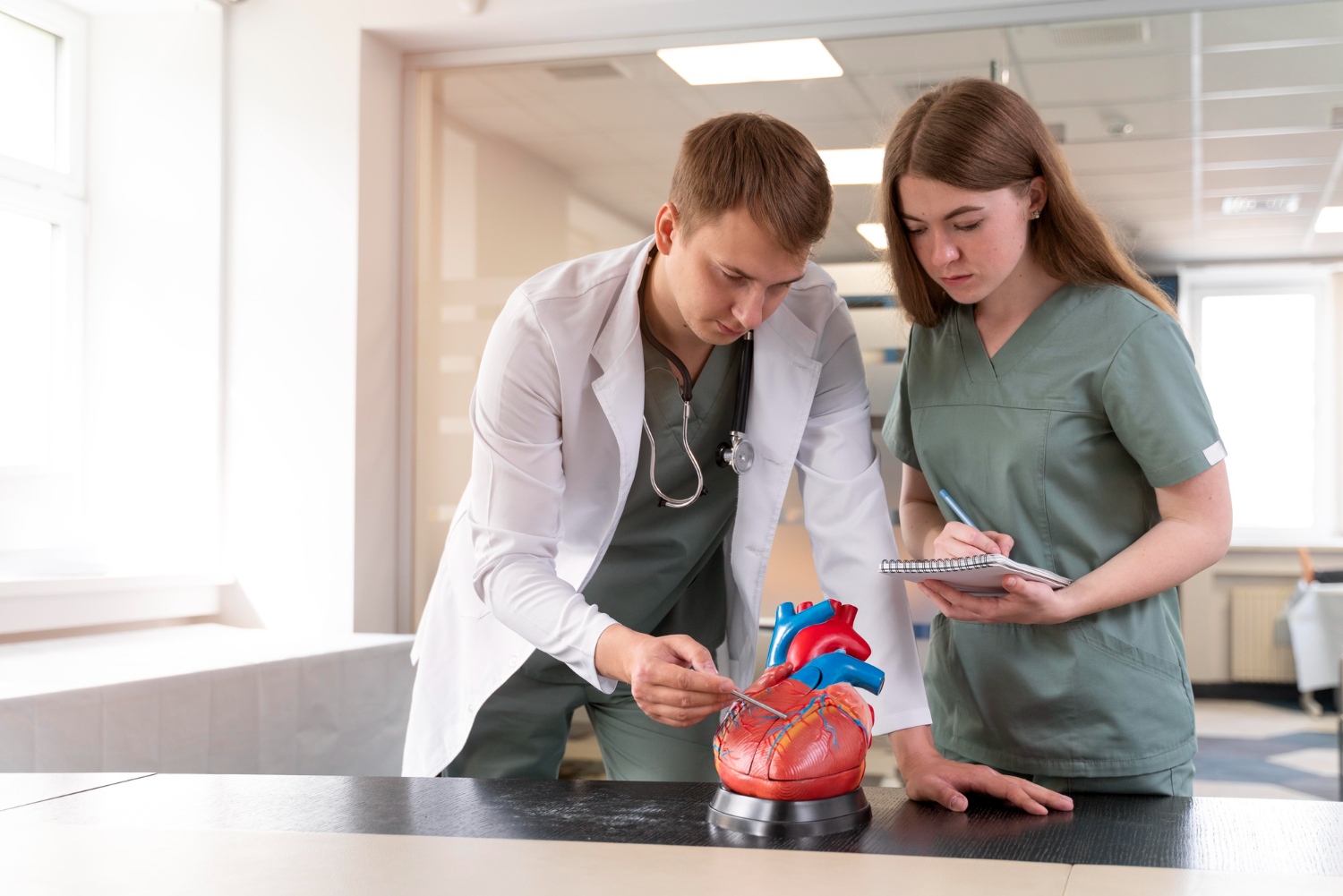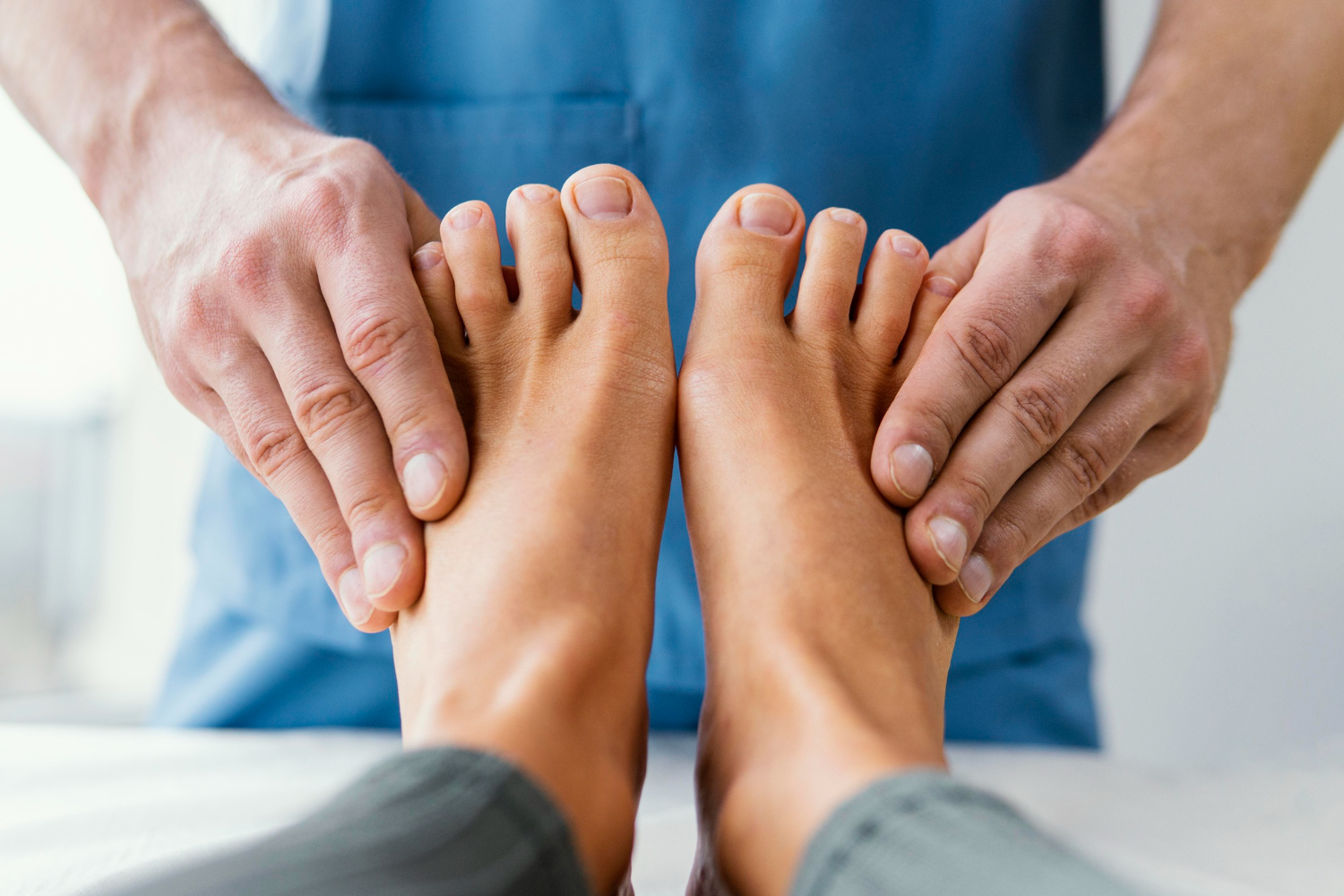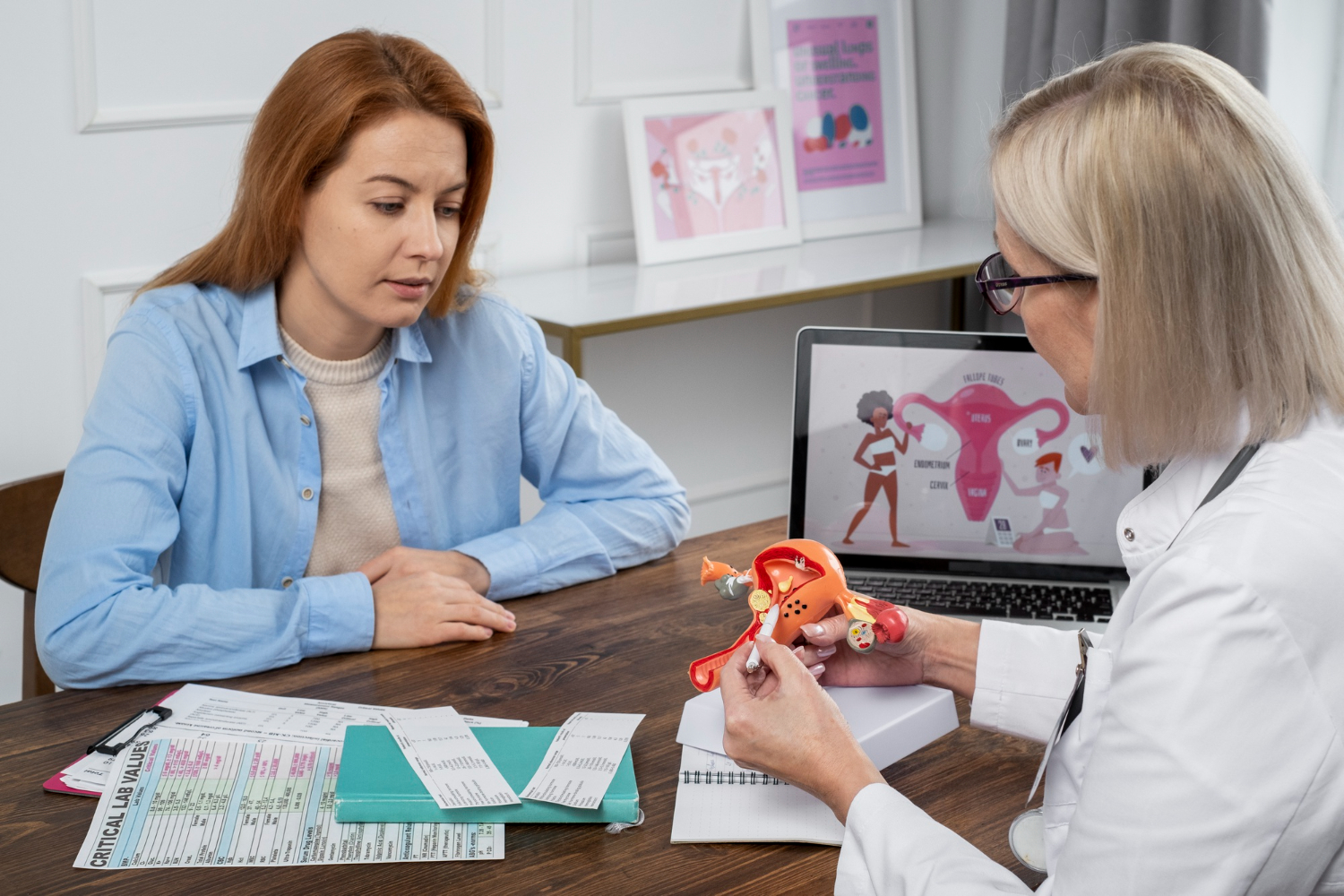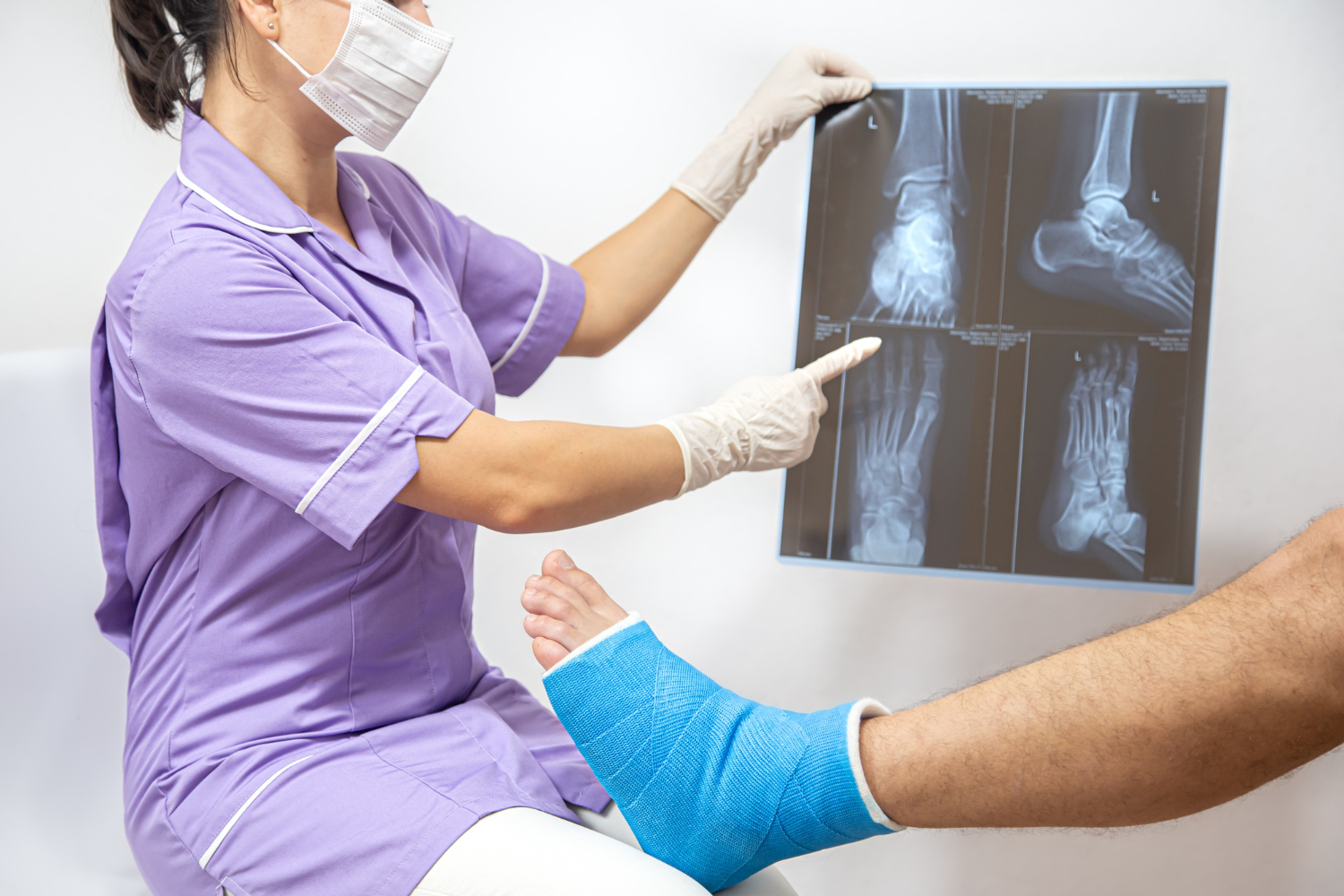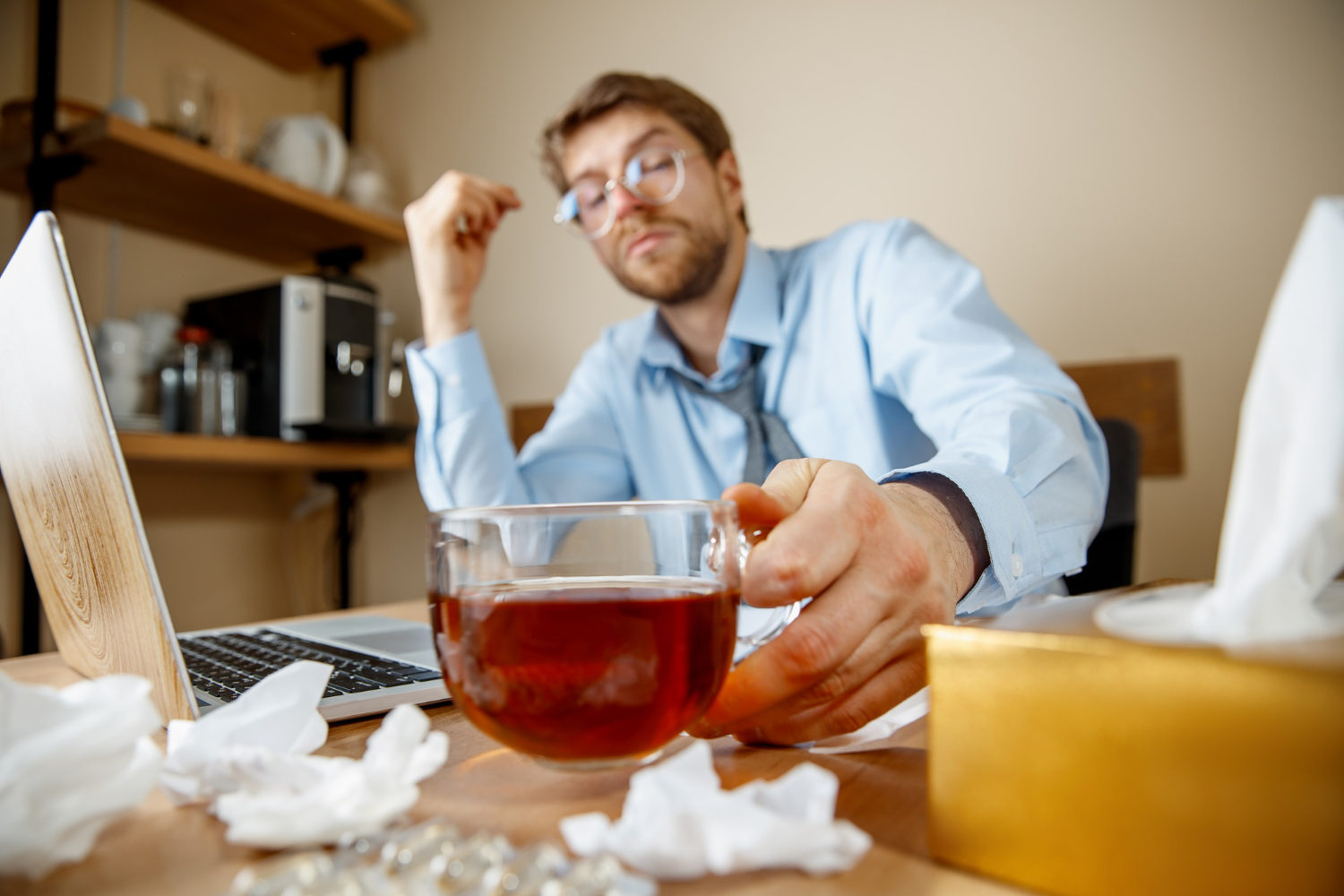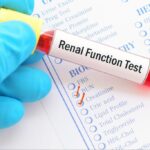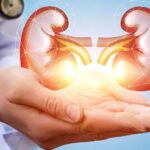People usually think first about how uterine fibroids affect their reproductive system and menstrual cycle. The problems from fibroids generally stay within the uterus, but they sometimes affect heart health, too. This blog explores how fibroids can affect your heart, the risks involved, and ways to protect your cardiovascular health. What Are Fibroids and How […]

